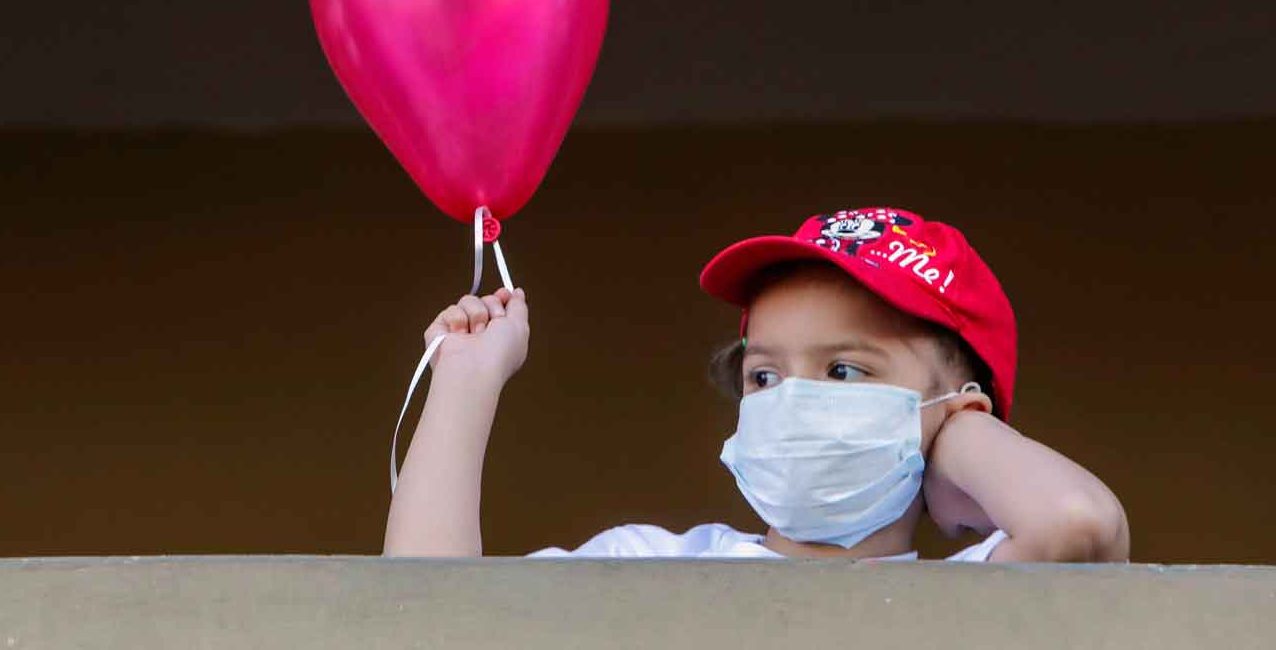The Different Types of Cancer in Children

Children are usually affected by different types of cancer than adults. Learn the signs of cancer in children, along with the most common childhood cancers.
Cancer is caused by abnormal growth in your cells. The cancerous cells increase, often spreading to other parts of the body and preventing normal cells from growing and functioning correctly.
Different types of cancer
Cancers are usually categorized by the part of the body in which they are first discovered. The National Cancer Institute ranks the 10 most common types of cancer each year. These are:
- Breast cancer
- Lung cancer
- Prostate cancer
- Colorectal cancer
- Melanoma skin cancer
- Bladder cancer
- Non-Hodgkin lymphoma
- Kidney/renal cancer
- Leukemia
- Endometrial cancer
YOU MIGHT ALSO LIKE: Child Cancer Survivors Need Follow-up Adult Care
What is the most common type of cancer in children?
Leukemia is the most common type of cancer in children, according to the Centers for Disease Control and Prevention (CDC). Almost one out of every three childhood cancers is leukemia.
However, childhood leukemia is still very rare. Out of every 100,000 children in the United States, fewer than 9 children under age four suffer from leukemia. The highest death rate due to childhood leukemia occurs in children between the ages of 15 and 19, and even this is less than 1 out of every 100,000 children in the United States.
Unlike adult cancers, which are often caused by lifestyle factors or environmental exposures, childhood cancers are usually the result of DNA changes very early in life.
Symptoms of leukemia in children
Though childhood leukemia is rare, it is also incredibly dangerous. Children who are exposed to radiation, who have a sibling with leukemia, who have genetic disorders such as Down syndrome, or who have weakened immune systems are more at risk for leukemia.
If your child has one of these risk factors, it is important to know the symptoms of leukemia in children.
- Fatigue or weakness
- Feeling dizzy or lightheaded
- Feeling cold
- Headaches
- Shortness of breath
- Pale skin
- Bruising or bleeding easily
- Frequent nosebleeds
- Bleeding gums
- Frequent infections or an illness that doesn’t go away
These symptoms occur because leukemia affects the red and white blood cells, making it harder for the body to transport oxygen to organs and muscles, as well as weakening the immune system. It can also lower the number of platelets in the body, which help stop bleeding after injuries.
Your child may not show all of these symptoms, depending on which blood cells are affected by the cancer cells. However, if you notice any symptoms, infections, or behavior in your child that are out of the ordinary, you should always contact your child’s doctor.
Brain tumors in children
The second most common type of childhood cancer is cancer of the brain and central nervous system. Tumors on the brain and spinal cord account for one out of every four childhood cancers, according to the American Cancer Society. These types of cancers are very rare.
The only known risk factor for brain tumors in children is exposure to radiation, which usually happens when a child is being treated for another health condition. Doctors do not know how the small amount of radiation from tests like x-rays or CT scans can affect children’s risk of developing brain tumors, so pregnant women and young children usually do not receive these tests.
Tumors in the brain increase pressure on the skull, leading to symptoms such as:
- Headache
- Nausea or vomiting
- Trouble seeing or blurred vision
- Difficult balancing
- Changes in behavior
- Seizures
- Drowsiness
- Coma
Signs of cancer in children
Though childhood cancers are rare, children can develop cancer in nearly any part of the body, just as adults can. These different types of cancer often include different symptoms, but many can cause:
- Swelling or an unusual lump on any part of the body
- Unexplained loss of energy or weight
- Paleness or easy bruising
- Ongoing pain in a specific area, especially without an injury
- Limping
- A fever or infection that does not go away
- Recurring headaches, often with nausea or vomiting
- Changes in vision
If you notice any changes in your child’s health, visit your child’s pediatrician immediately to discuss your concerns.
Childhood cancer awareness
You can take steps to protect your child from developing cancer.
- Use sunscreen every day to protect against harmful UVA and UVB rays.
- Both girls and boys should get the HPV vaccine. This protects against human papillomavirus, which can cause vaginal, cervical, penile, oropharyngeal, and rectal cancers.
- Talk to your children about not smoking, and do not smoke around them. Even secondhand smoke increases their risk of cancer.
- Avoid exposure to harmful environmental toxins, pollution, and radiation.
The CDC provides resources for protecting your children’s health and avoiding cancer risks. In the United States, September is Childhood Cancer Awareness Month, and many institutions devoted to cancer research provide information about preventing, diagnosing, and eventually curing childhood cancers.
Updated:
February 27, 2020
Reviewed By:
Janet O’Dell, RN